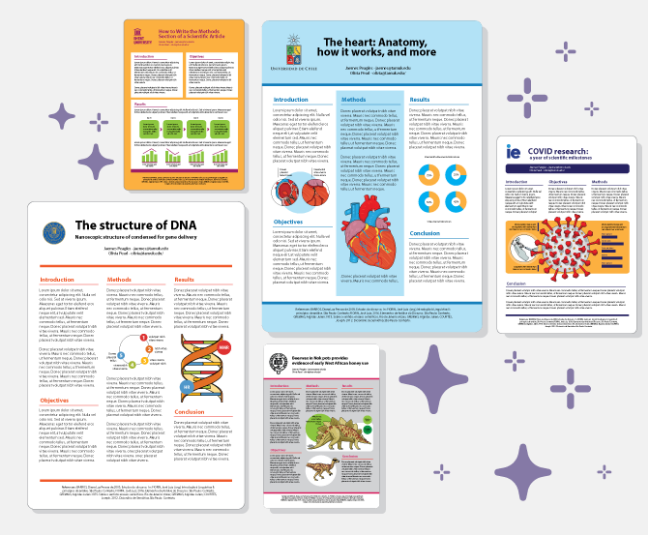Understanding parallel sentence structure is essential for attaining clarity, coherence, and impact in your written work. By employing parallelism, you can enhance the readability and flow of your sentences, making your ideas more accessible and engaging for your readers. Whether you’re crafting research papers, essays, or presentations, the knowledge and application of parallel sentence structure will elevate the quality of your work, leaving a lasting impression on your audience.
What is Parallel Sentence Structure?
Parallel sentence structure refers to the grammatical or structural balance and similarity in a series of words, phrases, or clauses within a sentence or across multiple sentences. In parallel construction, elements with similar functions or importance are presented consistently, using the same grammatical form or pattern. This helps create a sense of balance, rhythm, and clarity in writing, allowing for easier comprehension and emphasizing the relationship between ideas.
Types of Parallel Sentence Structures
Parallel sentence structures play a crucial role in creating coherence and emphasizing key ideas. Below, some important aspects are highlighted.
Parallel Words
Parallel words involve using words of the same grammatical category or form to create a balanced and consistent structure within a sentence or series of sentences. By aligning the structure and form of words, writers can convey their ideas in a clear and organized manner.
Parallel Phrases
Parallel phrases follow a similar principle to parallel words but operate at the phrase level. They involve using phrases that have the same grammatical structure or function, maintaining a parallel construction. This technique adds rhythm and clarity to the writing, enabling readers to follow the progression of ideas smoothly.
Parallel Clauses
Parallel clauses involve aligning the grammatical structure of multiple clauses in a sentence or series of sentences. This technique ensures that each clause has a similar form or pattern, emphasizing the relationship between ideas and providing a balanced structure. Parallel clauses enhance readability and help convey complex information effectively.
Lists After a Colon
Using lists after a colon is a common way to present a series of items, ideas, or examples. The items in the list are typically arranged in parallel form, with each item having a similar grammatical structure. This approach helps organize information, provides clarity, and allows for easier comprehension of the listed items.
Creating Parallel Sentences
Creating parallel sentences is crucial for effective communication and writing. It improves readability and adds a sense of balance and cohesion to the text.
Using Coordinating Conjunctions
Coordinating conjunctions, such as “and,” “but,” “or,” “nor,” “for,” “so,” and “yet,” can be employed to connect two or more elements within a sentence. By using coordinating conjunctions, writers can create parallel structures by ensuring that the grammatical structure of each element remains consistent.
Using Correlative Conjunctions
Correlative conjunctions, such as “either…or,” “neither…nor,” “both…and,” “not only…but also,” and “whether…or,” are pairs of words that work together to join elements in a sentence. When using correlative conjunctions, it is crucial to ensure that the grammatical structure of the connected elements is parallel.
Using Infinitives
Infinitives, which are the base form of a verb preceded by “to” (e.g., to walk, to eat, to study), can be utilized to establish parallelism in sentence structure. By employing infinitives, writers can create parallel constructions by ensuring that the verbs following “to” maintain a consistent form.
Using -ing Endings
The use of -ing endings can contribute to parallel sentence construction. By employing words that end in -ing, writers can create a parallel structure by maintaining consistency in verb form. However, it is essential to ensure that the -ing words correspond grammatically with the other elements in the sentence.
Using Clauses
Clauses, which are groups of words containing a subject and a verb, can be used to establish parallelism in sentence structure. By ensuring that the clauses within a sentence maintain a consistent grammatical structure, writers can achieve parallel constructions and improve readability.
Examples of Parallel Sentences
The examples below illustrate how parallel structures can be created using different techniques:
Using Coordinating Conjunctions:
- She likes to sing and dance.
- The car is not only fast but also reliable.
Using Correlative Conjunctions:
- Neither the rain nor the storm could dampen their spirits.
- Both the cat and the dog are sleeping.
Using Infinitives:
- He likes to swim, to hike, and to play basketball.
- She decided to paint the walls, to rearrange the furniture, and to redecorate the room.
Using -ing Endings:
- Running, jumping, and swimming are his favorite activities.
- They were laughing, singing, and dancing all night.
Using Clauses:
- She studied hard so that she could pass the exam.
- He likes playing sports because they keep him active and healthy.
Here you can check more examples.
Common Mistakes with Parallel Sentences
Inconsistent Verb Tenses: Make sure to maintain consistency in verb tenses when constructing parallel sentences. Mixing past, present, and future tenses within a parallel structure can create confusion and disrupt the flow of the sentence.
Example: She enjoys swimming, hikes in the mountains, and will visit the beach next week.
Revised version: She enjoys swimming and hiking in the mountains. Next week she’ll visit the beach.
Unequal Sentence Lengths: Parallel sentences should ideally have similar sentence lengths and structures to maintain balance and clarity. Varying sentence lengths excessively can make the parallelism less effective and create a disjointed flow.
Example: She likes to sing, dance, and going to the theater every weekend.
Revised version: She likes to sing, dance, and go to the theater every weekend.
Lack of Parallel Structure: Ensure that all elements in a parallel structure are of the same grammatical form. This includes using consistent parts of speech, verb forms, and sentence structures.
Example: He enjoys jogging, playing chess, and to read books.
Revised version: He enjoys jogging, playing chess, and reading books.
The Benefits of Using Parallel Sentences
Improved Readability
Parallel sentences create a smooth and balanced flow, making your writing easier to read and comprehend. The consistent structure allows readers to follow the ideas effortlessly, enhancing overall readability.
Example: “She excels in singing, dancing, and acting.”
Enhanced Clarity
Parallelism helps convey your message with clarity by coherently organizing similar ideas. By presenting information in a parallel structure, you make it easier for readers to grasp the relationships between different elements.
Example: “The project requires dedication, commitment, and a strong work ethic.”
Increased Impact
Parallelism adds rhythm and impact to your writing, making it more memorable and engaging. The repetitive structure can create a sense of cadence or musicality, adding a stylistic flair to your sentences.
Example: “She came, she saw, and she conquered.”
Add Visual Impact to Your Posters With Scientific Illustrations and Graphics
With Mind the Graph, scientists can enhance the visual appeal and effectiveness of their research presentations by incorporating visually engaging elements that effectively convey complex scientific concepts. Mind the Graph empowers scientists to present their work in a visually compelling and accessible manner, ultimately enhancing the overall impact and understanding of their research.

Subscribe to our newsletter
Exclusive high quality content about effective visual
communication in science.





